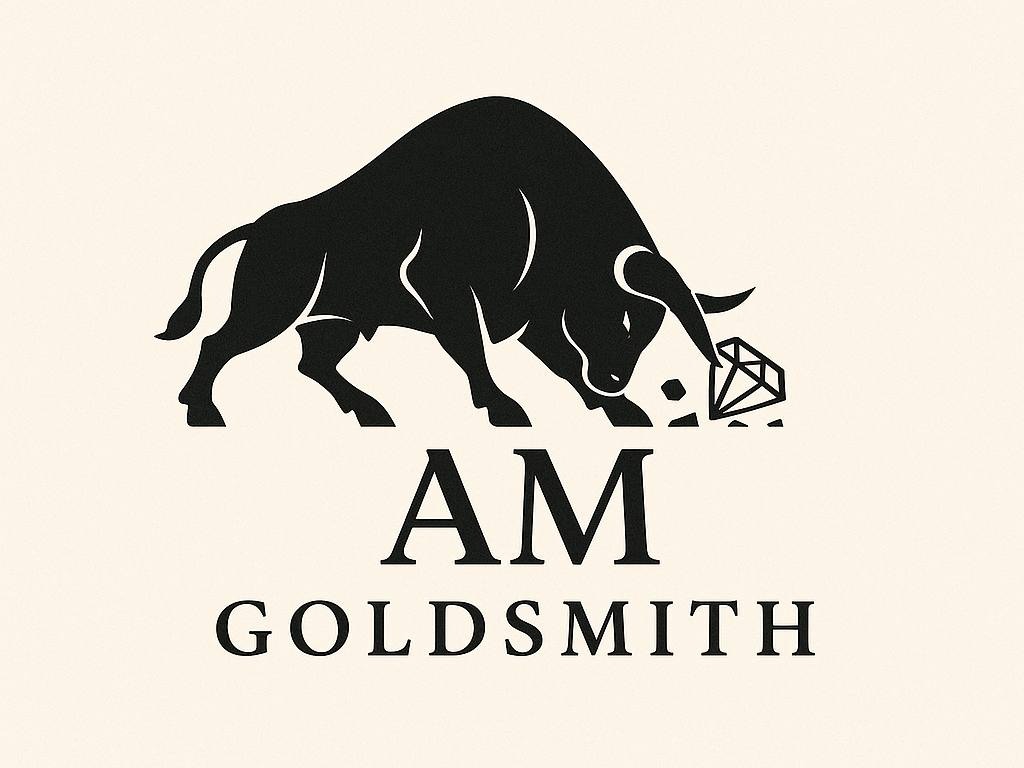Choosing between public and private schools is one of the most important decisions for parents who care about the quality of their child's education and future. In Calgary, as across Canada, both types of schools exist, each with its own characteristics, advantages, and disadvantages. Below is a detailed overview of the key differences between public and private schools in Calgary.
1. Structure and organization of education
Public schools

- Prevalence: Over 90% of all schools in Canada are public. Calgary has a large network of public educational institutions.
- Funding: Funded by the provincial budget, education is free for citizens and permanent residents.
- Standardization: Programs are strictly regulated at the state and provincial levels, ensuring uniform educational standards and quality of instruction.
- Teaching staff: All teachers undergo mandatory certification.
- Adaptation: Public schools are ideal for quickly adapting to Canadian society and learning the language and culture.
Private schools
- Prevalence: Only about 8% of children in Canada attend private schools.
- Financing: Operate on a tuition basis, which can range from CAD 20,000 to CAD 50,000 per year or more.
- Autonomy: Private schools have more freedom in designing their curricula and can implement their own educational philosophies and specializations (science, arts, sports, etc.).
- Teaching staff: Teacher requirements are often even higher than in public schools, but certification is not always mandatory.
- Internationality: Private schools actively accept foreign students and offer boarding and bilingual programs.
2. Tuition fees
| Type of school | For citizens/residents | For foreigners |
|---|---|---|
| Public | Free | From 20,000 CAD/year |
| Private | From 20,000 to 50,000 CAD/year and above | From 20,000 to 50,000 CAD/year and above |
- Public schools are free for Canadians and residents, while foreigners pay the full cost.
- Private schools are always paid for by all categories of students, regardless of citizenship.
3. Class sizes and individual approach

- Public schools: Classes can be quite large (20-30 students), which limits the individual attention given to each child.
- Private schools: Classes are smaller (8-15 students), allowing for more attention to each student, individualized learning plans, and close contact with teachers.
4. Infrastructure and resources
- Public schools: Equipped with everything necessary for quality education, but the range of additional opportunities may be limited due to budget constraints.
- Private schools: Distinguished by modern infrastructure, large enclosed grounds, their own dormitories, swimming pools, sports fields, creative studios, theaters, etc..
5. Curricula and specialization
- Public schools: Offer the standard Alberta curriculum, with the option of electives, clubs, and sports. In high school, volunteer work is mandatory (minimum 40 hours).
- Private schools: Often have extended or specialized programs — Advanced Placement (AP), International Baccalaureate (IB), in-depth study of languages, arts, sports, and science. There may be schools for gifted students, creative or sports academies.
6. Admission requirements

- Public schools: Accept all children based on their place of residence; the procedure is simple and transparent.
- Private schools: High competition, English tests, interviews, psychological testing, recommendations. Some schools have separate education for boys and girls.
7. Additional opportunities and extracurricular activities
- Public schools: Offer clubs, sports sections, volunteering, but the range may be smaller than in private schools.
- Private schools: A wide selection of clubs, creative and sports studios, participation in international projects, their own newspapers, theaters, journalism clubs.
8. Control, supervision, and support
- Public schools: Students live with their parents or in host families (for foreigners) and are supervised by the school and their family.
- Private schools: Most have boarding facilities with round-the-clock supervision, psychological support, and individual guidance, which facilitates full adaptation to the new environment.
9. Learning outcomes and future prospects

- The quality of education in both types of schools is high thanks to state control of standards.
- Statistics: 64% of private school graduates go on to university, compared to 45% of public school graduates.
- Private school graduates tend to perform better on final exams and tests.
Conclusions
Calgary public schools offer free, high-quality, accessible education that is ideal for adaptation, socialization, and learning English. They have modern facilities, qualified staff, and a wide range of extracurricular activities. Calgary private schools offer individualized attention, smaller class sizes, extended opportunities for talent development, modern infrastructure, specialized programs, and high academic standards. Tuition is high, but graduates have better chances of admission to top universities in Canada and around the world. The choice between public and private schools depends on financial resources, family goals, and the needs and abilities of the child. Both types of schools in Calgary provide a high level of education and open up broad prospects for the future.